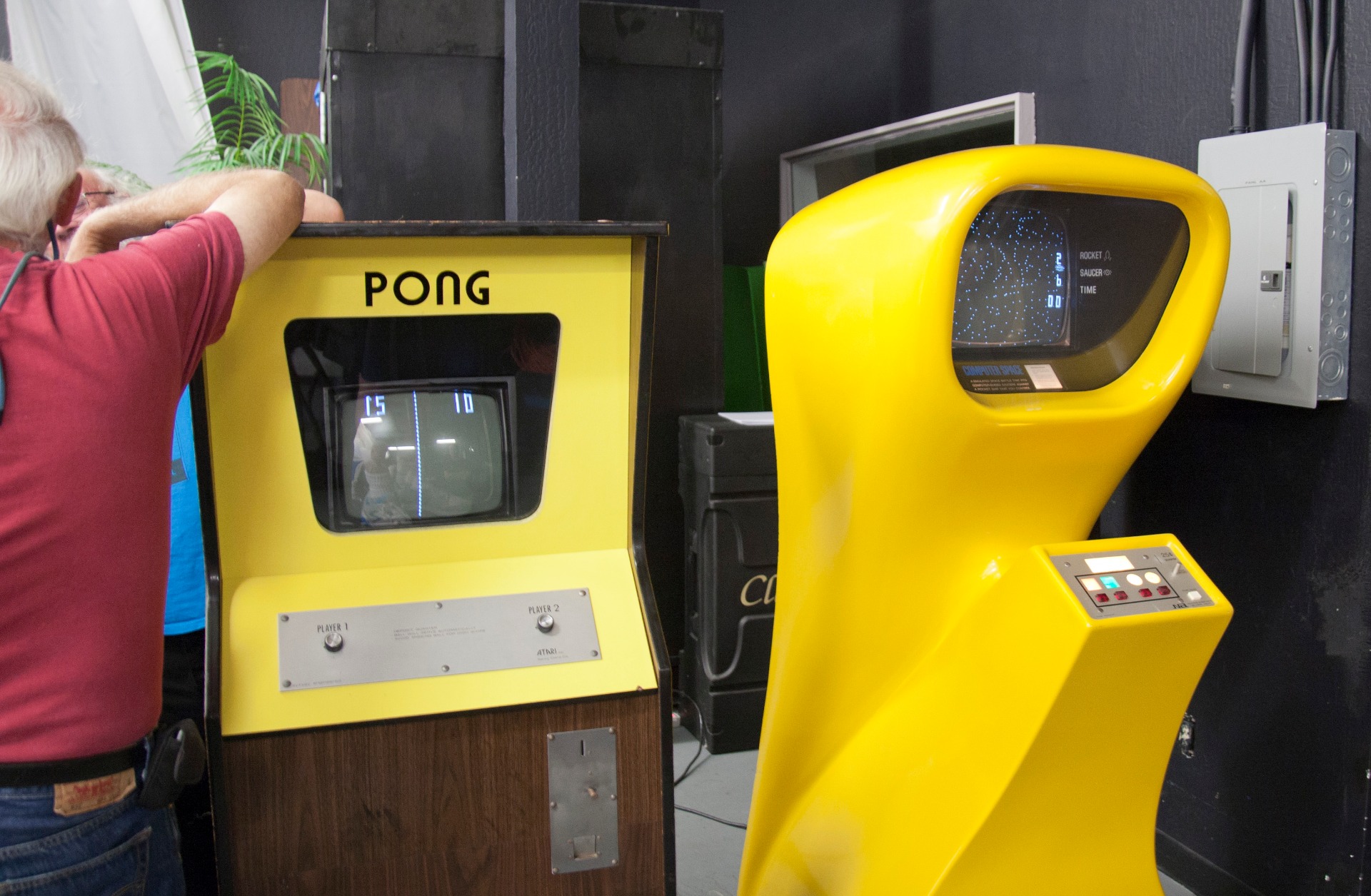I N S I D E O U T
Video games have become an important part of the entertainment industry since the 1980's.
Besides that video games are entertaining, they also serve as an escape from the real world to many players. Games can be played at home; on a television, a P.C and on a portable device. Recent statistics show that 70% of all children in the United States have home video game systems.
Before we could say anything about serious addictions for video gaming, it's important to understand where this new 'drug' comes from, how they are made and what makes them possibly addictive.
There are two major types of video games:
Standard video games are designed to be played by a single player and involve a goal or mission within a storyline.
Multiplayer games are played online with other people in which the player creates a fictional character to play with. These games also have goals, but the difference is that online games can be replayed continuously, because there isn't a story they have to follow, which means that online games are mostly freeplay.
History

The incredibly developed games we know now were technically born in 1930 as pinball machines, which remained popular through the 1970's. One of the first electronic games was created in 1962 by Steve Russell called Spacewar!. The game was extremely popular in the 1960's and was recreated on minicomputers and mainframe computers. Two colleagues, Nolan Bushnell and Ted Dabney believed that an arcade game version would become very popular, so they decided to work together to design a prototype of the game, which became the first real coin-operated video arcade game in 1971 called Computer Space.
In 1972 Bushnell and Dabney started Atari Company. One of the co-workers they hired was Allan Alcorn. Computer Space has after all never really become popular, but the second game Bushnell and Dabney introduced, produced by Allan Alcorn in 1972, did, as Computer Space laid as it's groundwork. This new electronic arcade game Pong became incredibly successful. In 1975, Atari Company produced a home version of the game. The development in electronic technology led to the production of more complicated games, like the popular game Pac-man, introduced in 1983.
The manufacturing process
Video games are incredibly complicated; the production requires a lot of time and a lot of work. Every time the quality of those games increase, because producers tend to create a virtual world as realistic as possible, to make the players feel like they really are a character in the game. For example; you are a character in a virtual game and you're walking down the street of the city your character lives in. What you see all around you are riding cars, people who are casually walking, biking, talking, etc. just like in real life. You might think that the same story you are playing is happening to the whole city at any point, but in fact this is simply an illusion built just for you.
While seeing this picture full of real looking activities (for the convenience we call this picture street 1), there is another sight you don't have in picture where nothing happens; the computer has not yet visualized it because you are not looking at it with your character. Now if you turn your character, the game continuously draws new pictures at each point of view. When you are absent form a certain location of a virtual city, there's absolutely nothing at this location; it technically doesn't exist until you decide to go to that location. This allows the computer to reduce the load on the game platform while maintaining beautiful graphics.
Tricks
Besides that video games nowadays are made with so many details to give players the feeling they are in the game themselves, video games are mostly designed to be addictive. One of the main reason is that producers try to make a profit by building games in such way, in order to make as many people as possible to want to play their games. There are a few 'tricks' to increase the chance that gamers become addicted to the game. First of all, video games are made without an end, which means that players can play forever without beating the game. Some video games contains a storyline the player has to follow. In this storyline it's up to the player what choices he/she makes; every combination of choices leads to another ending. This way, players remain satisfied because they have the possibility to replay a game in so many different ways.
Second, video games encourage online social interactions with other players. This requires commitment and dedication to a team with online players to accomplish goals in the game.

Third, video games reward the player in the early stages of gameplay and then increase the requisite amount of time and effort to receive new rewards. This way the game lets players believe they receive awards because they are good in playing, causing players to want to keep playing , but games actually reward on the amount of time you spend on the game.
It is important to make a game unpredictable; this way players won't quit the game, because they don't know yet what will happen and when new things will happen. That's the reason why researchers suggests that online/multiplayer games are more addictive than single player games; they are simply endless and unpredictable.

